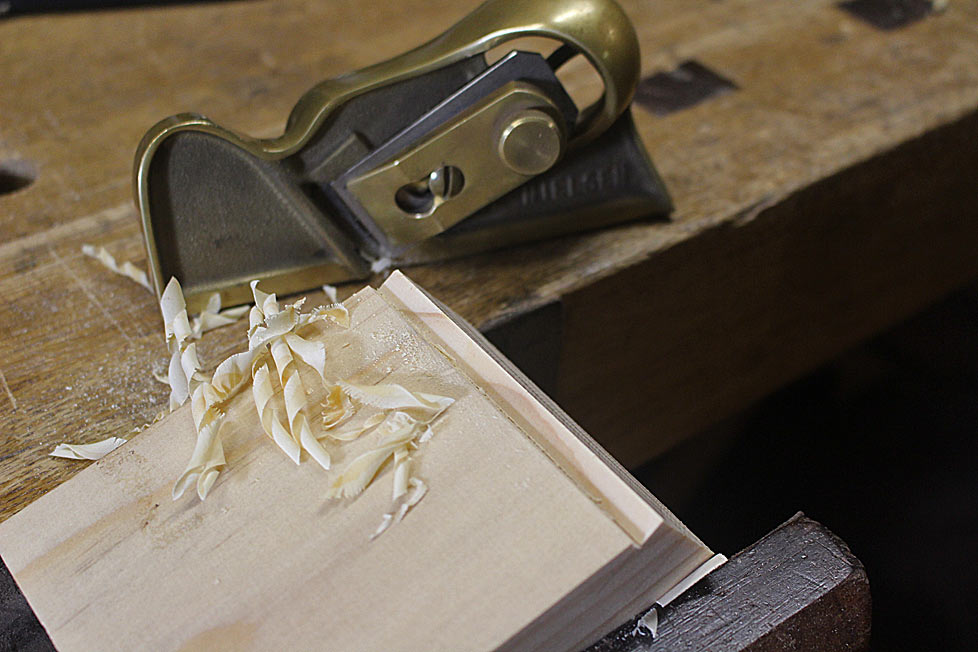I have a #95 that I got off ebay a couple years back. When I checked it out the fence and the sole were not square to one another, they are a few degrees greater than 90 at slightly obtuse angle. After playing with it a little, setting the blade by eyeing down the sole and looking for an even blade protrusion like one would with a smoothing plane for ex., and having it cut slightly off 90° as expected ... I chalked it up to one of those ebay purchases where one gets a dud. While intrigued by its shape and design and enjoying its cutting action I've since relegated it to my unreliable tool category.
I'm now wondering if the fence and sole need to be 90° to one another? Can the blade be adjusted so it is skewed ever so slightly to the fence to create the requisite 90° angle, and with pressure applied downward on the sole when in use? It appears to work. Are there any drawbacks to this in putting the plane through its paces?




 Reply With Quote
Reply With Quote











